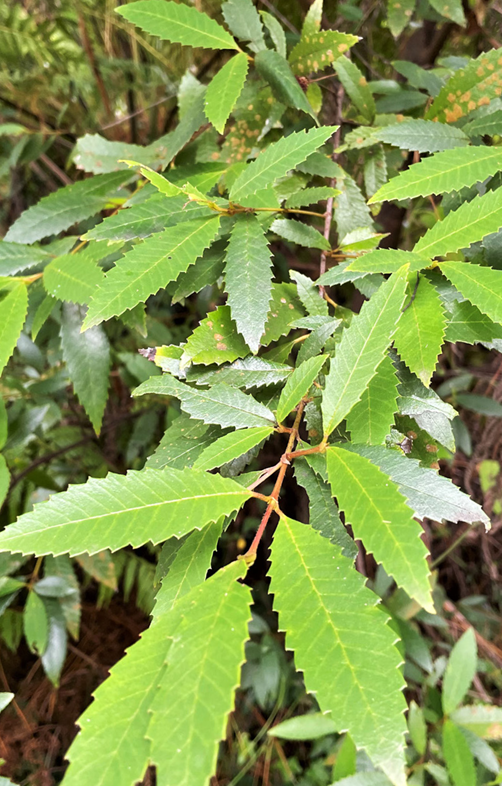A step into history
The Precinct known as Blackwattle Bay has a rich history – an important place for Eora women and later an important industrial land which has since become home to the Sydney Fish Market.

‘Tjerruing’ Blackwattle Bay
Tjerruing, is pronounced ‘Ger-ru-ring’.
Blackwattle Bay Country is known as Tjerruing (Callicoma Serratifolia), a flora species which grew prolifically along the creekline and was given the common name ‘blackwattle’ by British colonists. Despite the English misnomer, Tjerruing is not a wattle. It has spherical lemon-yellow fluffy flowers that appear similar to those of the local acacia species (such as acacia decurrens and acacia parramattensis) which were also assigned the misnomer ‘blackwattle’ in the early days of the colony after their suitability for mimicking the wattle and daub houses built in Britain.
Lomandra grass is also an important hardy plant used in the area, as it has long and flat green leaves which were used for food and making artefacts by Aboriginal people. The long green blades were chewed on the end for hydration and nourishment as well as making useful things such as baskets.
Did you know #1
Tjerruing is a popular and important plant. When Tjerruing is grown around other specific species it has the potential to enhance the health and survival of the other plants as well as increase the effectiveness of their active ingredients and medicinal qualities
Did you know #2
The Pyrmont sandstone was known as the ‘tough quality’. Iconic Sydney buildings used the Pyrmont sandstone including Sydney University, the General Post Office and the Art Gallery of NSW, along with many other government buildings, insurance companies and banks.